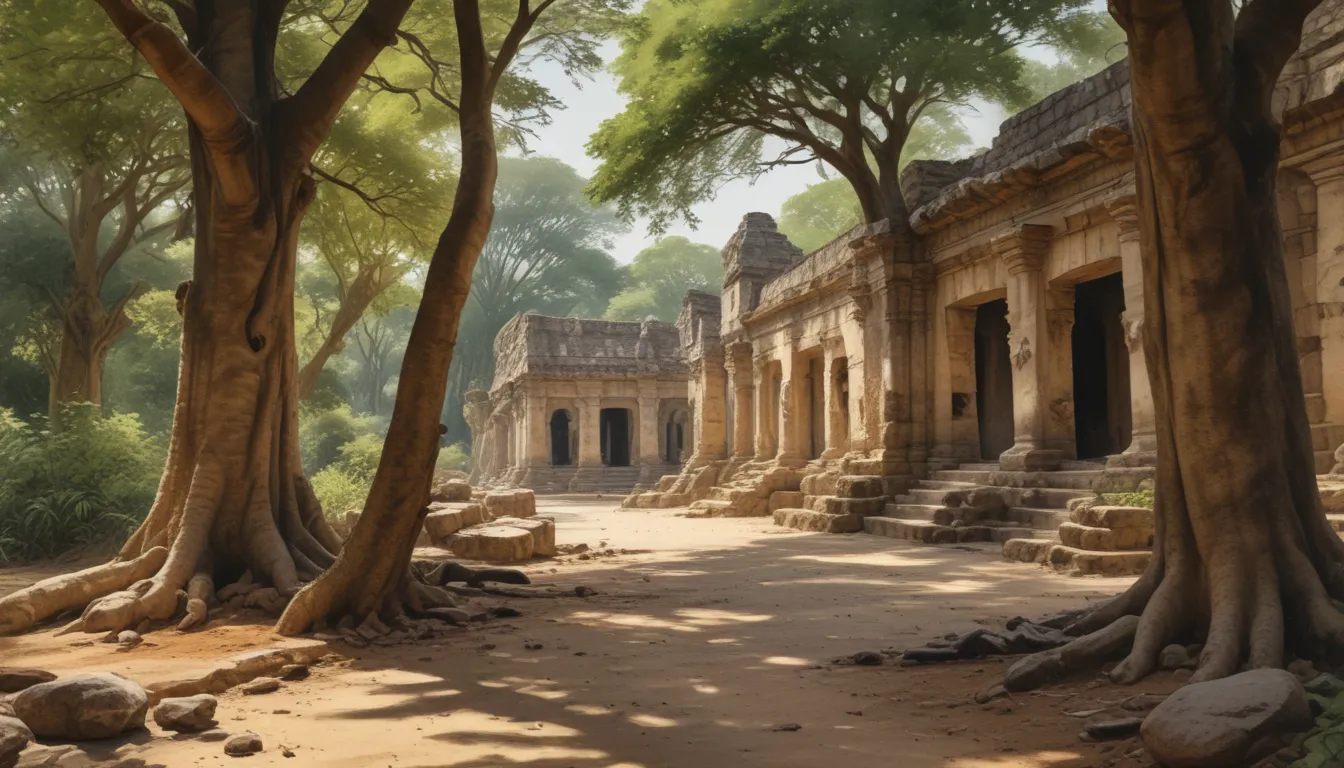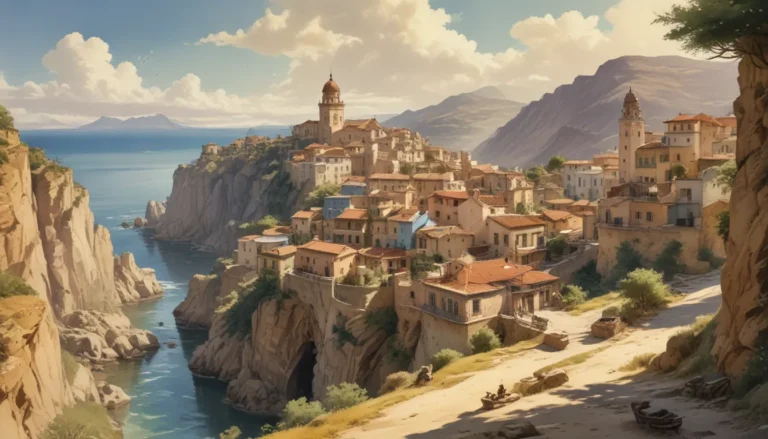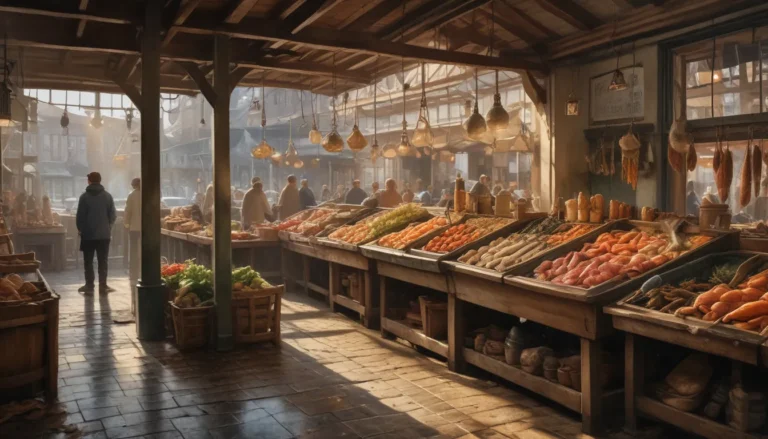The images in our articles are for illustrative purposes only and may not exactly match the content. They are intended to capture your interest and complement the text, not to replace it.
Welcome to the hidden gem of the Kenyan coast, the Gedi Ruins! Nestled amidst lush vegetation, these ancient ruins offer a fascinating journey into the history and culture of the Swahili people. Join us as we unravel the mysteries of this archaeological treasure and explore the 12 captivating facts that make the Gedi Ruins a must-visit destination for adventurous travelers.
Unveiling the Ancient City of Gedi
Dating back to the 13th century, the Gedi Ruins were once a thriving cosmopolitan center of trade on the East African coast. This trading hub facilitated commerce between Swahili coastal towns and distant lands like India, Persia, Arabia, and even China. The city’s strategic location and diverse cultural influences made it a melting pot of traditions and a symbol of prosperity.
Exploring the Enigmatic Abandonment
Despite its prosperity, Gedi was mysteriously abandoned in the 17th century, leaving behind a legacy that continues to intrigue historians and archaeologists. The reasons for its abandonment remain shrouded in mystery, sparking theories and speculations about the city’s enigmatic past.
Unraveling Architectural Marvels
Covering approximately 45 acres, the Gedi Ruins boast a diverse range of structures, including mosques, palaces, and a great hall. Built using coral stone and mangrove timber, the city’s unique architecture reflects the resourcefulness and craftsmanship of the Swahili people during that era.
Embarking on a Journey Through Time
Visiting the Gedi Ruins offers a unique opportunity to step back in time and experience Swahili life as it was centuries ago. From the intricate stone structures to the artifacts unearthed during excavations, the ruins provide a captivating glimpse into the daily lives of the city’s inhabitants.
Immersing in Cultural Significance
In addition to its role as a trading hub, Gedi was also a center for Islamic learning and spirituality, attracting scholars and religious leaders from far and wide. The city’s numerous mosques and religious structures were a testament to its cultural and spiritual importance in the region.
Delving into Mystical Legends
Legend has it that Gedi is considered a haunted place by some locals, with stories of ghostly apparitions and eerie sounds adding to the site’s mystical ambiance. These tales only add to the allure of the ruins and the sense of intrigue that surrounds them.
Preserving a UNESCO World Heritage Site
In recognition of its historical and cultural significance, the Gedi Ruins were designated as a UNESCO World Heritage Site. This acknowledgment underscores the importance of preserving and protecting this remarkable piece of history for future generations.
Planning Your Visit to Gedi Ruins
- Age: The Gedi Ruins date back to the 13th century, making them over 700 years old.
- Importance: The ruins provide valuable insights into Swahili culture and history, showcasing intricate stone architecture and artistic designs.
- Access: Visitors can explore the Gedi Ruins with an entrance fee and guided tours available to enhance the experience.
- Restrictions: Climbing on structures or removing artifacts is prohibited to ensure the site’s integrity.
- Duration: On average, exploring the main highlights of the Gedi Ruins takes about 1-2 hours.
- Nearby Attractions: Gedi Ruins are close to popular tourist destinations like Malindi and Watamu, as well as the Arabuko Sokoke Forest Reserve.
In conclusion, the Gedi Ruins stand as a testament to the rich history and culture of the Swahili people, enchanting visitors with their mysterious past and architectural wonders. Whether you’re a history enthusiast or seeking a unique adventure, exploring the Gedi Ruins promises a journey through time and a deeper connection with the heritage of the region. Plan your visit today and uncover the secrets of this ancient trading town!






